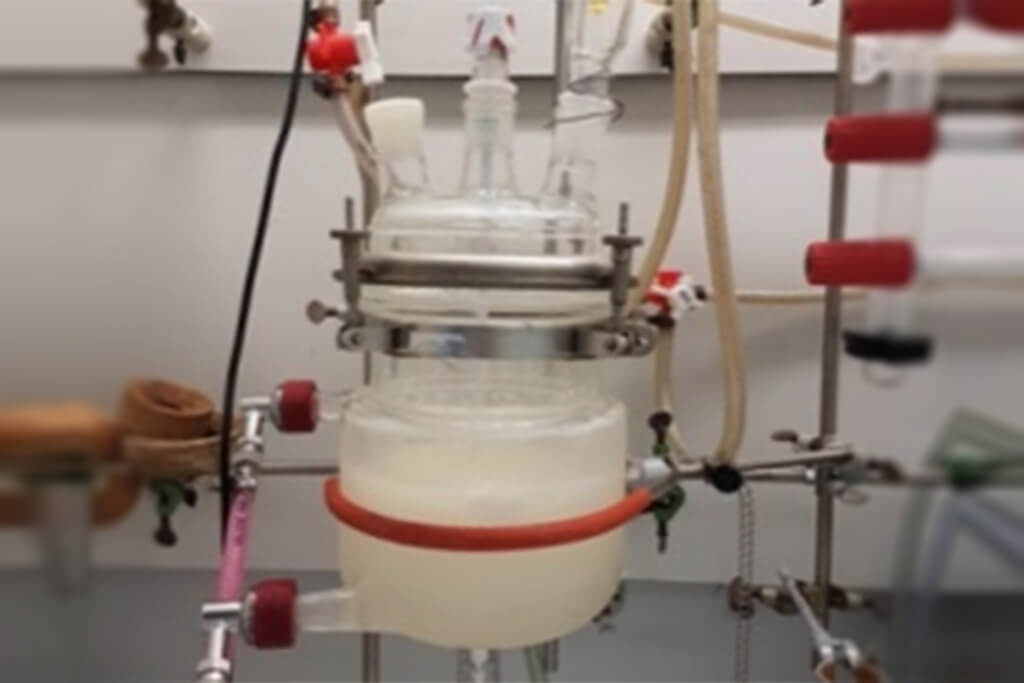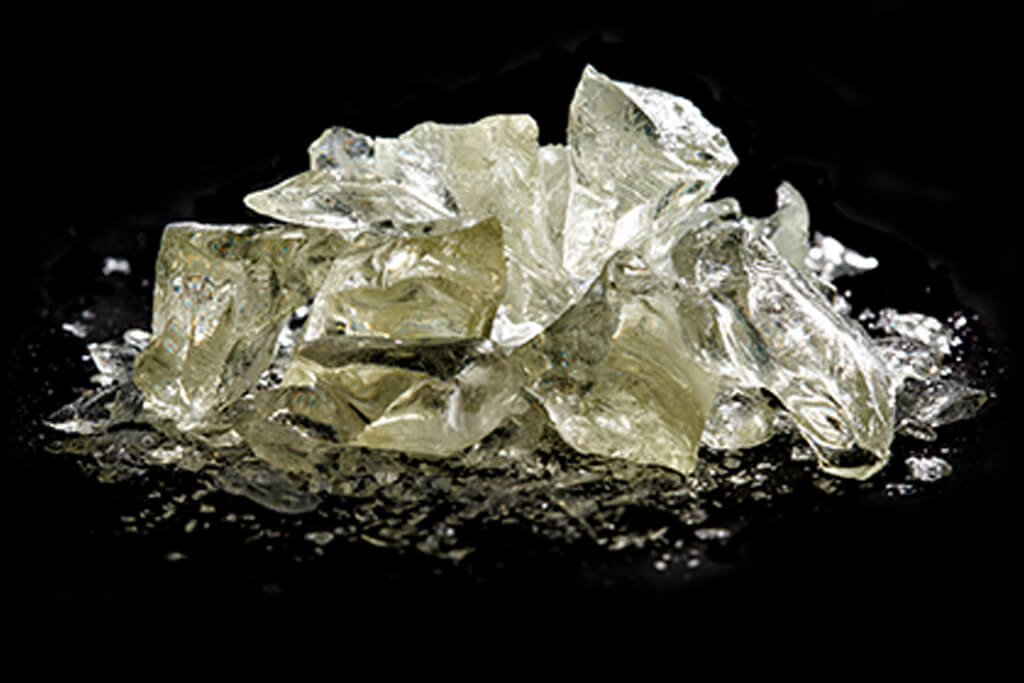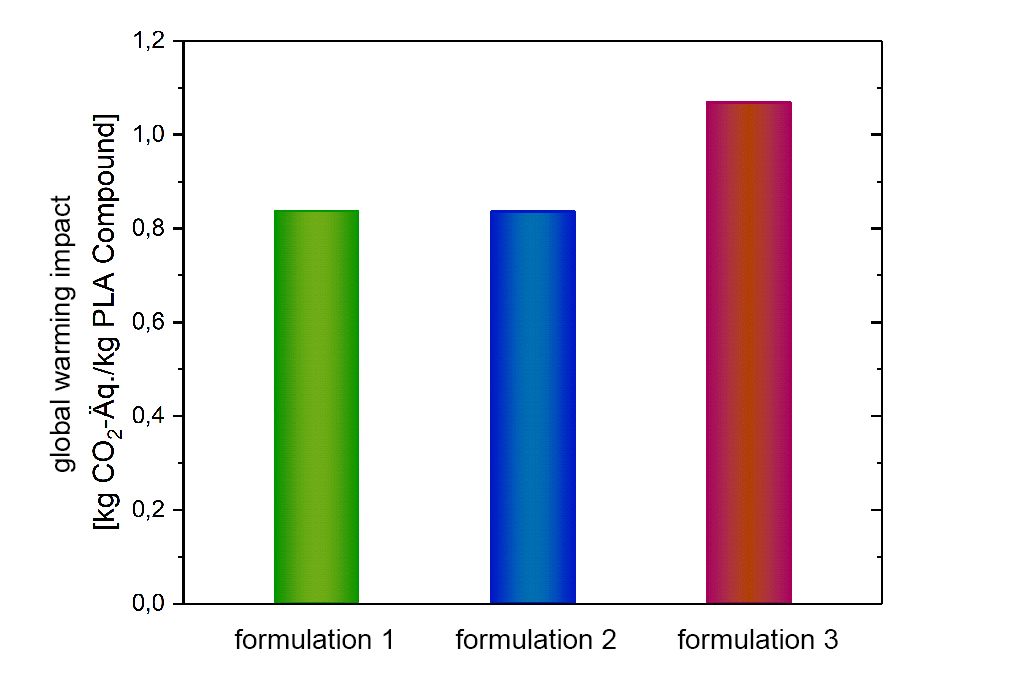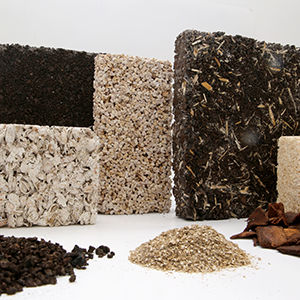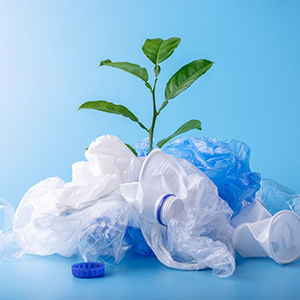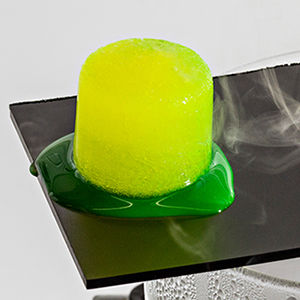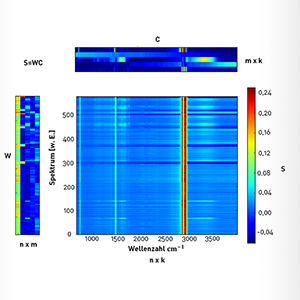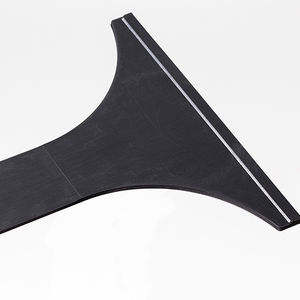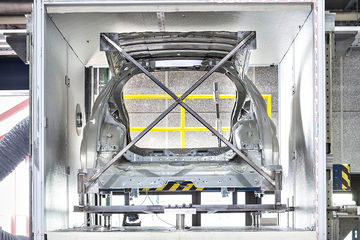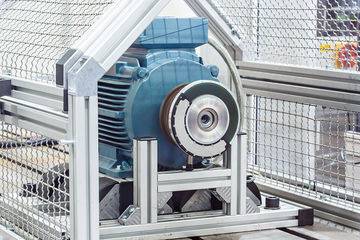Development of Sustainable and Bio-based Flame Retardants for Engineering and Bio-based Plastics (SusFireX).
FLAME RETARDANTS, TECHNICAL PLASTICS, BIOPLASTICS, PLASTIC ADDITIVES, PROCESS DEVELOPMENT, FORMULATION DEVELOPMENT, SUSTAINABILITY
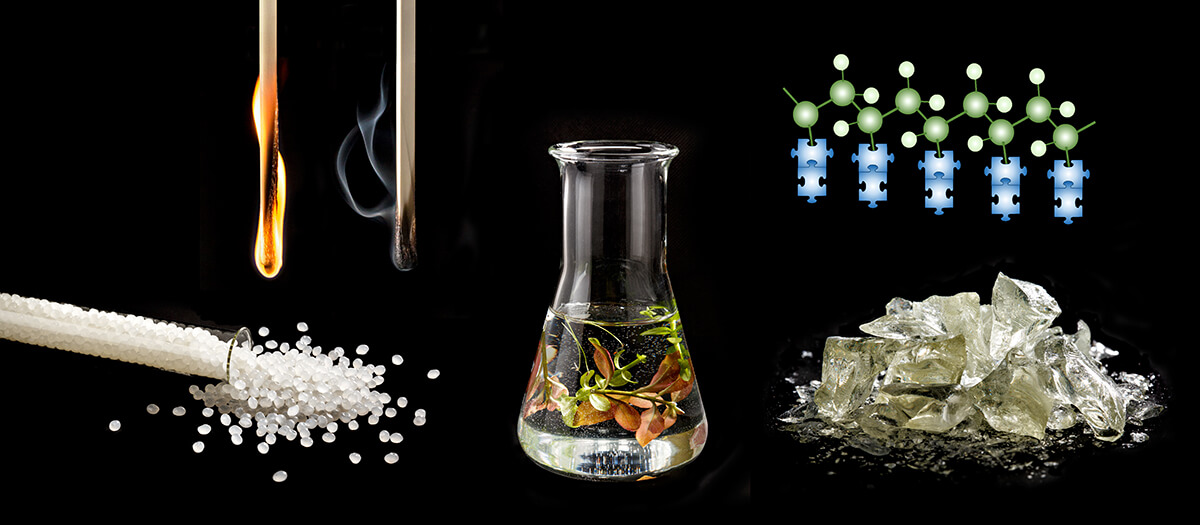
Plastics which are highly flammable and exposed to potential heat sources must be flame retarded. Besides high efficiency with a low concentration of additives and steadily increasing requirements regarding the reduction of heat release, smoke density and smoke toxicity, attention is increasingly being given to the sustainability aspect. This refers to both the synthesis of these functional additives itself and the plastics in which they are used. In the “SusFireX” research project, within the scope of a Fraunhofer-internal funding research project (WISA), the Fraunhofer institutes LBF and UMSICHT corporately developed new highly efficient phosphorus-based flame retardants, especially in synergistic formulations. Bio-based platform chemicals which are reacted with various phosphorus compounds following a modular principle were taken as the starting point in the project.
Development of innovative flame retardants for engineering and bio-based plastics
The main goal of the project is to develop new halogen-free, phosphorus-based and polymeric flame retardants containing a high proportion of bio-based content using atom-efficient and energy-efficient synthesis. The synthesis routes developed as well as the flexibility in the selection of monomer components enable a broad variation of the target structures with which the flame retardant are tailored to the specific requirements. Through these new structures, the Fraunhofer researchers successfully developed synergistic flame retardant formulations for engineering plastics and bio-plastics based on the examples of PA6 (polyamide 6) and PLA (poly (lactic acid)).
PA6 and PLA from bio-based modifiable flame retardants
The project strategy is based on the combination of bio-based carbon as well as gas and solid phase active components in the flame retardants which can be modified depending on the component selected. By varying the synthesis routes as well as the functional groups, gas and solid phase active flame retardants can be combined in a single molecule in adjustable proportions. At Fraunhofer LBF, the syntheses were developed in laboratory flasks and then transferred to the kilogram scale. The synthesis was optimized so that it can be carried out as an one-pot reaction (Figure 1) with high yields, which significantly reduces the time outlay and waste.
Modular principle for individual applications
The properties of the flame retardants (Figure 2) can be tailored to the respective application by adjusting the components in a targeted manner. This enabled the development of various polymeric flame retardants featuring glass transition temperatures of between 28 and 91°C and T1% in the range from 231 to 269°C (Figure 3). Through other structural variations in accordance with the modular principle, the temperature range for thermal decomposition was further increased to enable its application in higher-melting thermoplastics such as polyamide 6.
When these flame retardants were used in the bio-based PLA, it was found that they did not affect the thermal decomposition of the PLA significantly. Even small quantities of flame retardant (< 5% by weight total concentration) are sufficient in synergistic formulation with commercially available inorganic flame retardants in selected PLA types in order to achieve an efficient flame retardant effect (see table). This principle could also be transferred to polyamide 6 in the structural variants mentioned. The flame retardants were tested in detail regarding their material properties as well as the burning behavior of the flame retarded formulation. In particular, the UL94 vertical burning test and the cone calorimetry were used in this process.
The Fraunhofer researchers used additional investigations to analyze the influence of the synthesized flame retardants on the viscosity of PLA. They found that the flame retardant formulations developed are effective in PLAs of various levels of viscosity.
Sustainable plus flame retardant
The Fraunhofer UMSICHT tested the flame retardants synthesized in the Fraunhofer LBF in bio-based plastics PLA, PHBH (poly 3-hydroxybutyrate-co-3-hydroxyvalerate) and cellulose acetate. Regarding their suitability for processing, the new flame retardants in PLA are no different from non-bio-based flame retardant additives that are already commercially available.
Regarding the carbon footprint, it was shown that the manufactured flame retardants fare worse than a commercial polymer product containing phosphorous. However, flame retardant formulations in PLA show a lower climate impact compared to formulations which contain only the commercial available product as flame retardant (Figure 4). This is because the newly developed compounds enable synthetic mixtures with a very low overall concentration of flame retardants (< 5% by weight) in PLA. In addition, the material-typical properties of the PLA are influenced far less when the flame retardant content is reduced.
Highly effective environmentally friendly flame retardants for industry
The halogen-free flame retardant market segment is growing continuously due to stricter environmental and health regulations. Besides the efficiency of flame retardants, the flame retardants are now increasingly required to be environmentally friendly. Through their competencies in the areas of plastics processing, synthesis development, scale-up and sustainability evaluation, Fraunhofer UMSICHT and Fraunhofer LBF corporately found a solution and successfully demonstrated its application for some engineering plastics as well as bio-based plastics.
Funded as part of the internal programs of the Fraunhofer Society, funding number WISA 833908.

“The development of new, efficient flame retardant systems for bio-based plastics is very important. Only when we have such possibilities, these materials will be able to gain a foothold in the electro and electronics sector. ” Carsten Niermann, FKuR Kunststoff GmbH
Project management: Fraunhofer
Fraunhofer Institute: LBF, UMSICHT
Funding number: 833 908
Contact
- Dr. Frank Schönberger
- Phone: +49 6151 705-8705
- frank.schoenberger@lbf.fraunhofer.de
- Daniela Goedderz
- Phone: +49 6151 705-8914
- daniela.goedderz@lbf.fraunhofer.de
